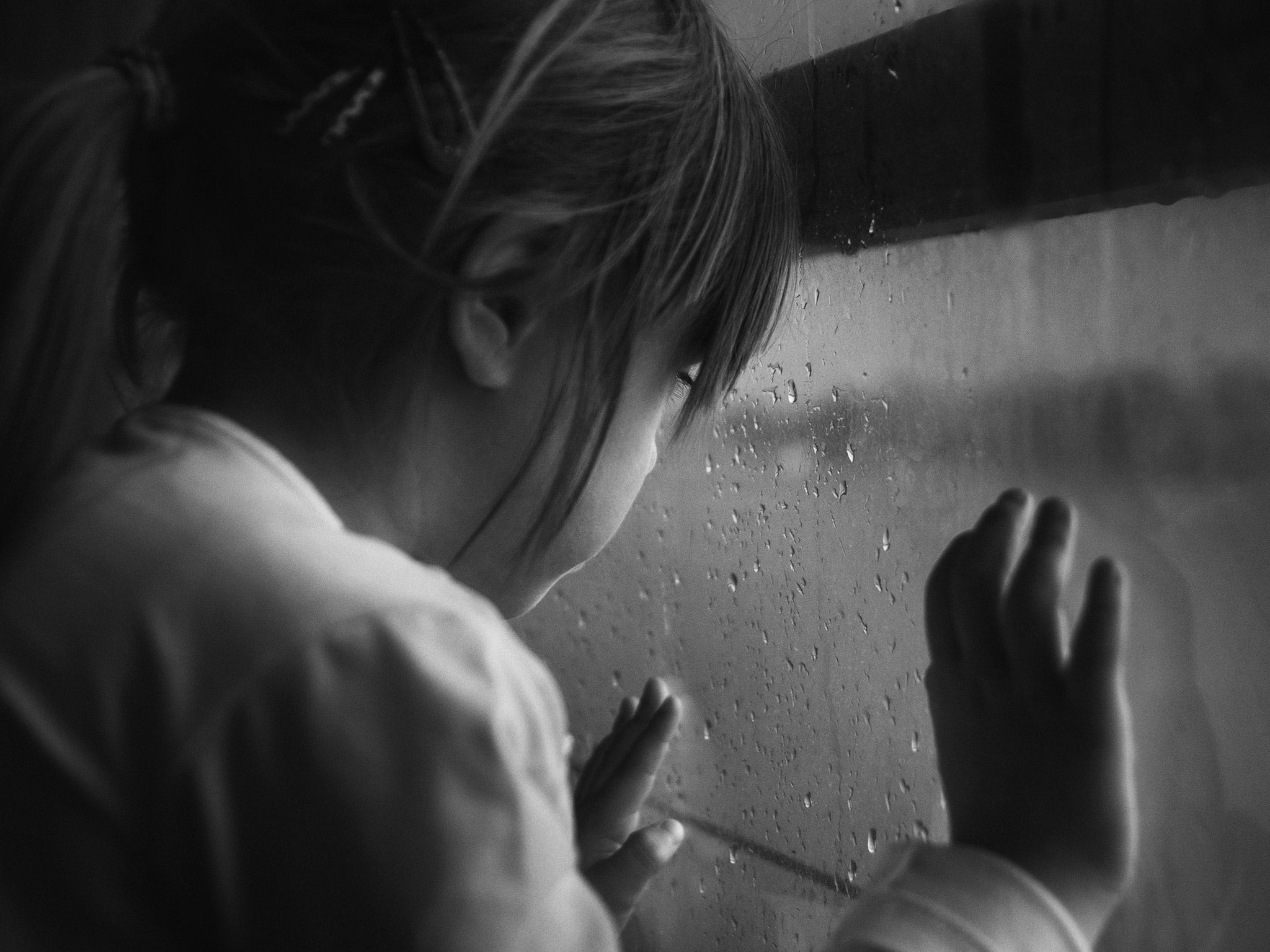Number of children being put into care soars despite adoption rate freefall
New figures indicate vulnerable young people are missing out on secure homes

Your support helps us to tell the story
From reproductive rights to climate change to Big Tech, The Independent is on the ground when the story is developing. Whether it's investigating the financials of Elon Musk's pro-Trump PAC or producing our latest documentary, 'The A Word', which shines a light on the American women fighting for reproductive rights, we know how important it is to parse out the facts from the messaging.
At such a critical moment in US history, we need reporters on the ground. Your donation allows us to keep sending journalists to speak to both sides of the story.
The Independent is trusted by Americans across the entire political spectrum. And unlike many other quality news outlets, we choose not to lock Americans out of our reporting and analysis with paywalls. We believe quality journalism should be available to everyone, paid for by those who can afford it.
Your support makes all the difference.Soaring numbers of children are being taken into care despite adoptions being in freefall, according to new figures, which suggest that hundreds of vulnerable children are missing out on secure homes.
Last month the family courts received a total of 946 care applications for children, up 18 per cent on April last year. Yet despite the high volume of vulnerable children identified and removed from homes, the number being put forward for adoption has plummeted.
The Independent revealed that adoptions had declined dramatically over the past year following a series of court rulings that left local authorities frightened of removing them from birth families. These latest care figures from the Children and Family Court Advisory and Support Service follow the revelation last month that care applications were at an all-time high during 2014-15.
Child welfare experts are worried that such high numbers of children in the care system but not in adoptive families will mean many suffer as a result of missing out on the stability and security of adoption.
Hugh Thornbery, chief executive of Adoption UK, said: “There’s a real disconnect between the large number of children coming into the care system and the marked decline in adoption, which you’d expect to be the opposite. It shows you cannot explain the fall in adoption by saying there are fewer needy kids, because that’s clearly not the case.”
The number of children signed off for adoption fell from 1,550 in the summer quarter of 2013 to 780 in the same period last year, down almost 50 per cent. Latest figures for the three months to December have not yet been released due to pre-election purdah, but sources told The Independent there had been a further worrying fall in the numbers of children paired with new families. Experts believe the trend is continuing.
Adoption UK is concerned that the drop in adoptions is partly as a result of over-reliance on Special Guardianship Orders, which are often used to temporarily house children with grandparents or foster families. Mr Thornbery said “Special Guardianship Orders were originally brought in to sit alongside adoption and were designed to be for older children for whom adoption isn’t appropriate… What I hear anecdotally from social work team managers on the ground is that many are experiencing Special Guardianship Orders being made to extended family members in cases where they are recommending that child is adopted.”
The National Adoption Leadership Board, the independent watchdog set up by the Coalition, is still waiting for the Department for Education to release the latest quarterly figures which it received months ago. They were held back because the election campaign began and are not now expected to be in the public domain until June at the earliest.
John Simmonds, director of policy, research and development for the British Association for Adoption and Fostering, said “Whatever [the Government] decides about releasing the figures, there’s a very great sense of urgency. Until services, ministers and the sector as a whole have to make sure these issues are at the top of the agenda. These children cannot wait on adults getting their act together.”
Alison O’Sullivan, President of the Association of Directors of Children’s Services, said: “Though local authorities have experienced significant budget reductions over the last five years we remain active in protecting a growing number of children and young people as these latest figures show. Our partner agencies, including in health services and schools, are better trained and more effective in identifying need and are increasingly working with local authorities to provide extra help and support to children, young people and their families in order to prevent crises.”
A DfE spokeswoman said: “It is vital that all children can benefit from being in a loving and stable home and the latest figures show that record numbers are.
“Where adoption is in the best interests of the child it is right that they are placed with their new family as soon as possible. This is why we will set up regional adoption agencies to streamline this process and match children with the best parents for them.
“There has been a decrease in the number of children with an adoption decision – we believe this is a result of the way local authorities have interpreted some court judgements. The Adoption Leadership Board has published a ‘mythbuster’ guide to clarify what these judgments mean and to allow clear and confident adoption decisions to be made. We are monitoring the impact of the new guidance and what happens to the numbers very closely.”
Join our commenting forum
Join thought-provoking conversations, follow other Independent readers and see their replies
Comments